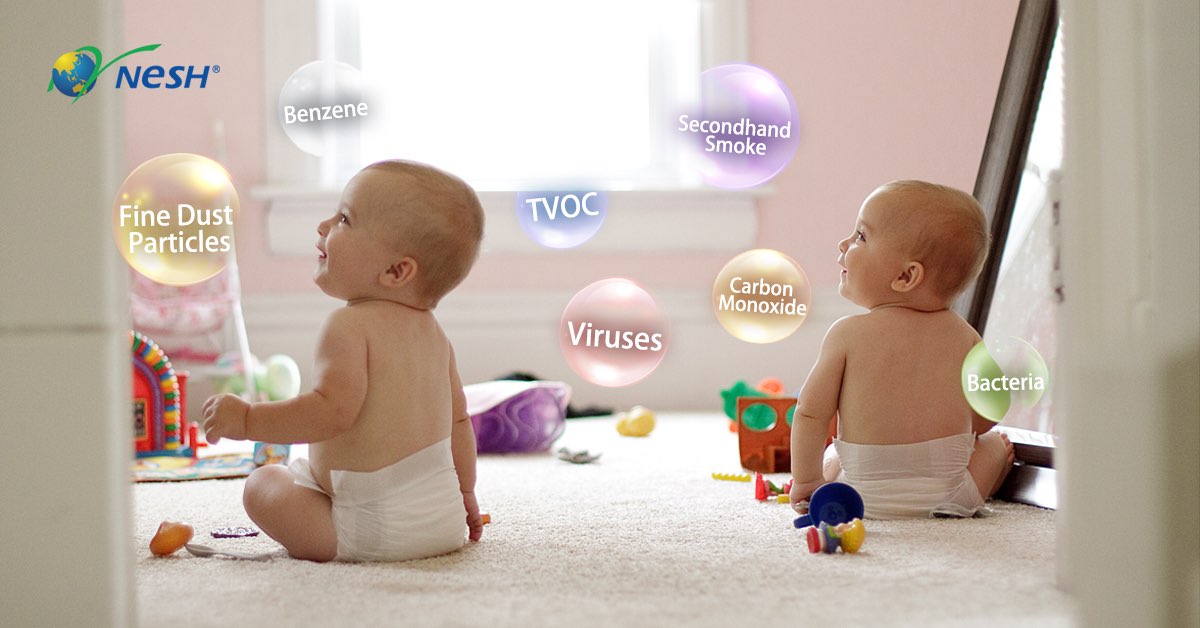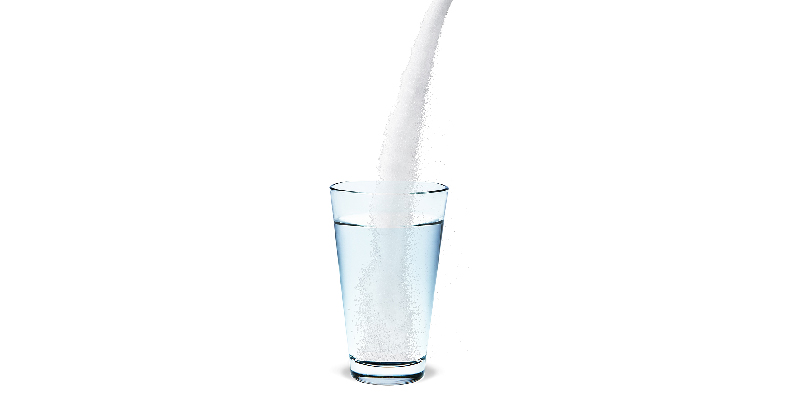Have you ever discovered that no matter how well you maintain your healthy eating and living habits, you or your loved ones still encounter health issues, but the cause is clueless. Have you ever realised that deep down, you have been living with the invisible killer – the air pollutants?
Research showed that more than 300 types of indoor pollutants were discovered, and 68% of human diseases were related to indoor air pollution.
On average, we spend more than 80% of our time indoor every day. Coupled with changes in times and lifestyles, we can now work, live, entertain and carry out many more activities without leaving our homes.
The longer a person stays indoor without paying attention to improve the air quality, the duration in contact with and inhale the air pollutants relatively increases, causing impact on the health unknowingly and lead to various diseases.
Indoor air pollutants pose greater health concern to the elderly, young, sick and disabled, because their immunity tends to be weaker and spend more time indoor than the ordinary people.
Therefore, it is necessary to find out the indoor pollutants, improve and prevent them to avoid these invisible threats.

Let’s look at the 7 common air pollutants and their source:
- 1. Carbon dioxide (CO2)
Source: Carbon dioxide is exhaled by plants, pets and human
Health Concern: High concentration of carbon dioxide can cause drowsiness, headache, dizziness and nausea. - Biological pollutants
Source: Dirty air-conditioning, carpets and bed sheets, humid and warm environments can easily breed bacteria, moulds, viruses, dust mites etc.
Health Concerns: Sneezing, watery eyes, coughing, wheezing, dizziness, lack of energy, fever, gastrointestinal upset, specifically the common allergic and asthma reactions. - Volatile Organic Compounds (TVOC) / Formaldehyde
Source: Building materials, adhesives, furniture, various cosmetics and fragrance products, cleaning disinfectants, repellents/insecticides, paints, dry cleaning clothes, toys, urea-formaldehyde foam (building insulation materials), cigarette/tobacco smoking, etc.
Health Concerns: Eyes, nose and throat irritation, headache, dizziness, vision disorder and increased cancer risk. - Respirable suspended particulates
Source: Cooking stoves, garbage incineration, photocopier/printer equipment, cigarette/tobacco smoking, outdoor particulates etc.
Health Concerns: Eyes, nose, skin and respiratory system irritation; sometimes cause allergic reaction. - Radon
Source: Granite and concrete, which are mostly found in building materials.
Health Concerns: Risk of lung cancer - Carbon monoxide (CO)
Source: Cooking stoves, various fuels such as natural gas and gasoline, engine exhaust emissions from vehicles, cigarette/tobacco smoking
Health Concerns: Headache, nausea, fatigue, wheezing, chest pain, confusion, decreased alertness and judgment; high concentration can be fatal - Indoor Tobacco Smoke (Secondhand Smoke)
Source: Cigarette/Tobacco Smoking
Health Concerns: Risks of chronic respiratory diseases, malignant tumors, cardiovascular diseases, lung cancer, sinus cancer, breast cancer, etc.
The health impact by indoor air pollution over a period of time requires immediate and proper attention. Measuring and controlling the indoor air quality, maintaining ventilation, keeping proper hygiene, using low irritation and no chemical materials or supplies, are basic measures to reduce indoor air pollution.
In the near future, we will share with you the harmful hazards of indoor air pollution to our body, and see if you have become a victim of indoor air pollution.
If you want to know more about daily good health information, stay tune NESH official website and social media. We have more exclusive good news and information to share with you firsthand!







